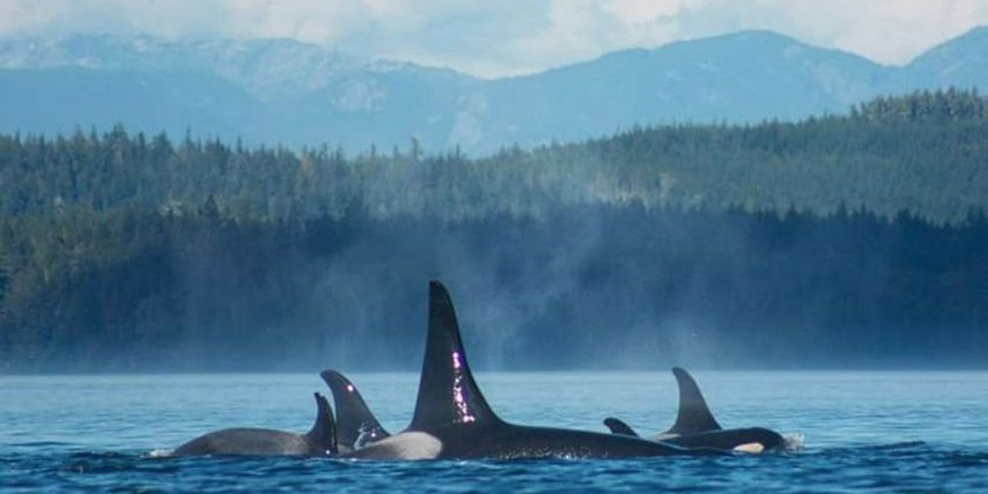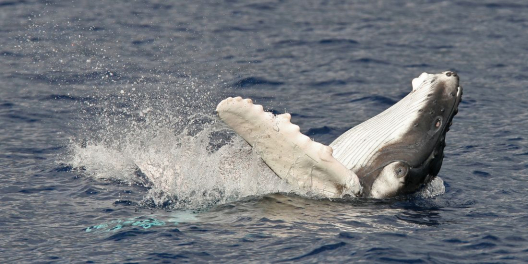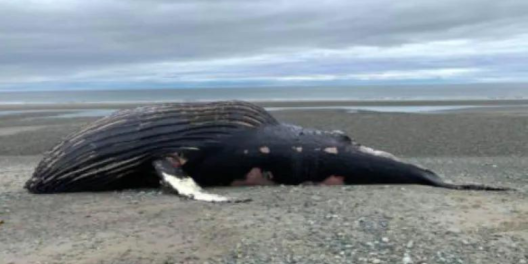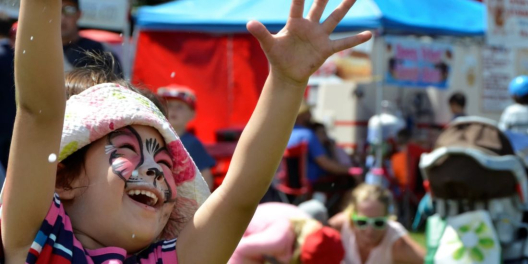Experts have spotted more than 1,000 groups of Bigg’s Orca’s (Killer Whales) in the Salish Sea in 2021. That’s way more than the last record high set in 2019 when 747 were spotted.
Bigg’s are sometimes called “the wolves of the seas” because they are aggressive hunters. In fact, they are why Orca’s are sometimes called “killer whales.” Unlike Resident Orcas, who eat mostly salmon, the transient Bigg’s travel long distances to hunt marine mammals, including other whales.
And they’re coming to the Salish Sea for the buffet.
Monika Wieland Shields is the director of the Orca Behavior Institute. She told CBC that the transient Bigg’s Orca’s are spending more time in the Salish Sea because their food is plentiful.
“There’s a lot for them to feast on here,” she said. “We have abundant harbour seals, and sea lions, harbour porpoise, and those make up the majority of their diet. And so we’ve seen this steady increase over the last ten years of how much they’re utilizing the area.”
Since the government banned marine mammal hunting in the 1970s, the population of seals and sea lions has boomed. That’s bringing the Bigg’s Killer Whales back to the region.
And they’re having babies. In 2021, eleven new Bigg’s calves were born. That includes the most recent baby spotted near Victoria on New Year’s Eve. Bigg’s live within a much looser social structure than resident killer whales and do not usually form large kinship groupings.
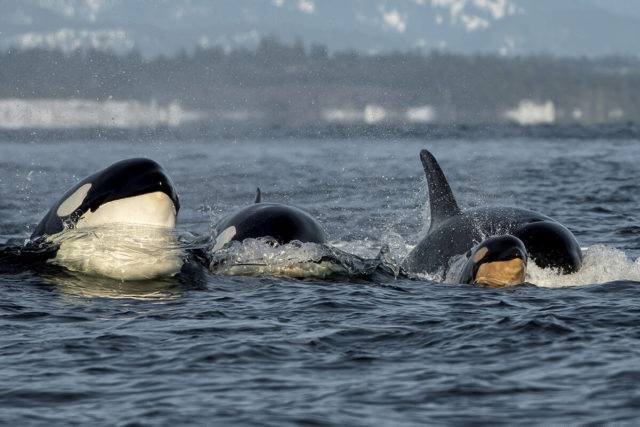
Credit: Karac Lindsay / Eagle Wing Tours / Pacific Whale Watch
Bigg’s aren’t the only whales coming back. Humpbacks, gray whales, and minke whales also spent a lot of time off VanIsle’s coasts. The humpbacks had 21 calves last year.
Unfortunately, the news wasn’t so great for Southern Resident Orcas that live nearby year-round. Their sightings were at a record low last year. They’re endangered. Residents need lots of salmon. But with fewer salmon in the Salish Sea, we see fewer Resident Orcas.
But things could be looking up. Wieland Shields says the return of the other whales could be good for the Southern Residents.
“Seals and sea lions eat a lot of different things, but they do eat salmon. And in some areas, they may be a contributing factor to some salmon runs that are struggling to recover,” she said.
So if the humpbacks and transient Bigg’s come to eat the seals and sea lions, then there could be more salmon left for the Southern Residents.
The Seattle-based organization Sealife Response Rehab Research also reported that three of the Southern Resident Orcas were pregnant in September. We’re still waiting to see the babies, though.
“Big picture, 2021 was an exciting and encouraging year for whales in the Salish Sea,” Erin Gless told Victoria News. She is the executive director of the Pacific Whale Watch Association. “We look forward to what 2022 may bring.”
If you didn’t get to see any whales last year, don’t worry—your neighbours love taking videos of them.
Here are some orcas swimming past the ferry to Gabriola Island.
